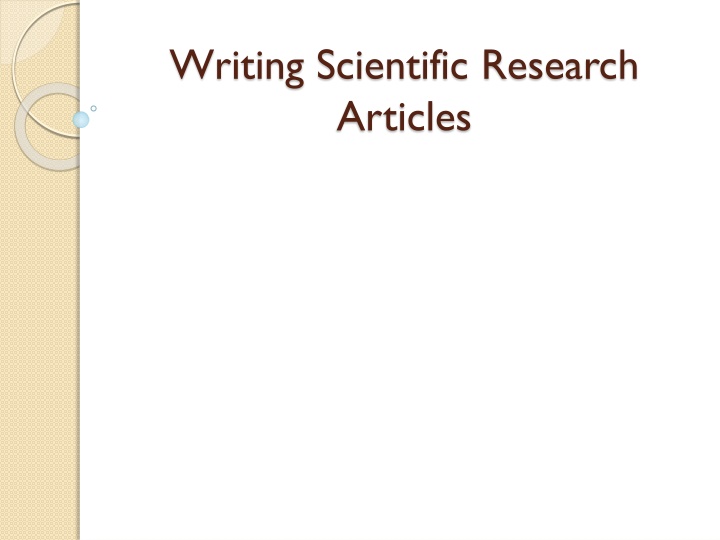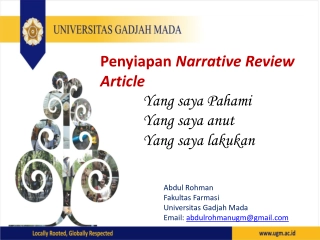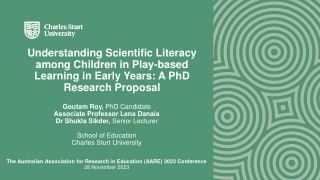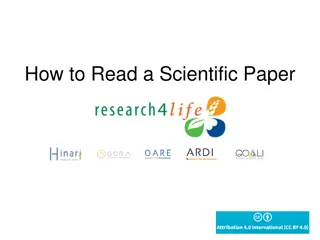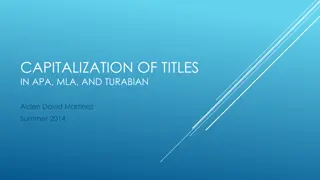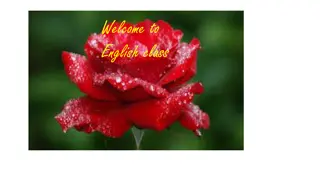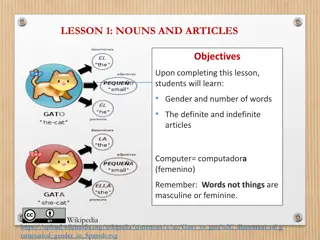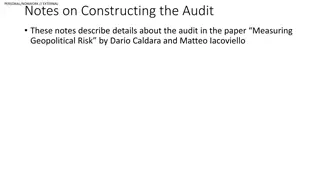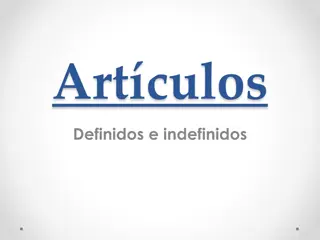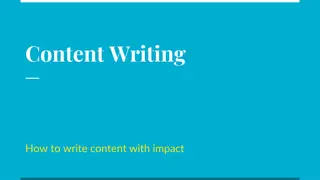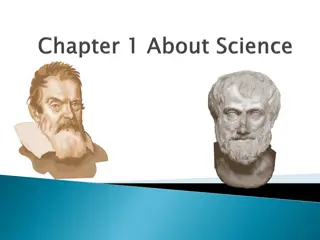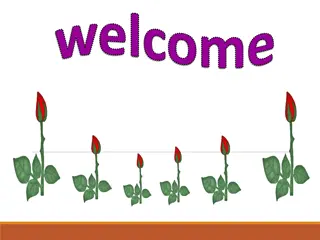Writing Scientific Research Articles
Delve into the structured approach of AIMRaD in scientific article writing, from crafting abstracts to shaping results as compelling stories. Learn the art of designing figures and tables, enhancing data interpretation through effective visuals, and creating impactful legends and titles. Explore how each section contributes to the narrative flow, emphasizing key details to turn data into insightful knowledge.
Download Presentation

Please find below an Image/Link to download the presentation.
The content on the website is provided AS IS for your information and personal use only. It may not be sold, licensed, or shared on other websites without obtaining consent from the author.If you encounter any issues during the download, it is possible that the publisher has removed the file from their server.
You are allowed to download the files provided on this website for personal or commercial use, subject to the condition that they are used lawfully. All files are the property of their respective owners.
The content on the website is provided AS IS for your information and personal use only. It may not be sold, licensed, or shared on other websites without obtaining consent from the author.
E N D
Presentation Transcript
Writing Scientific Research Articles
2.1 Conventional article structure: AIMRaD (Abstract, Introduction, Materials and methods, Results, and Discussion) and its variations
Results as a story: the key driver of an article
5.2 Designing figures . which variable needs to have the most prominent symbol or line (heaviest line weighting); . whether you want to emphasize differences or similarities between elements; and . what scale, scale intervals, maximum and minimum values, and statistical representations are most meaningful. The range of common figure types listed below allows you to emphasize different qualities of the data. . Pie charts are effective at highlighting proportions of a total or whole. . Column and bar charts are effective for comparing the values of different categories when they are independent of each other (e.g. apples and oranges).
5.4 Figure legends and table titles A title which summarizes what the figure is about. Details of results or models shown in the figure or supplementary to the figure. Additional explanation of the components of the figure, methods used, or essential details of the figure s contribution to the results story. Description of the units or statistical notation included. Explanation of any other symbols or notation used.
Writing about results The text of a Results section typically . highlights the important findings; . locates the figure(s) or table(s) where the results can be found; and . comments on (but does not discuss) the results. Elements that highlight and locate are sometimes combined in the same sentence, and sometimes appear in separate sentences. Examples of combined highlight location styles Measurements of root length density (Figure 3) revealed that the majority of roots of both cultivars were found in the upper substrate layers. The response of lucerne root growth to manganese rate and depth treatments was similar to that of shoots (Figure 2).
The Methods section Strategy 1 Use identical or similar subheadings in the Methods and the Results sections. Strategy 2 Use introductory phrases or sentences in the Methods that relate to the aims, e.g. To generate an antibody to GmDmt1;1, a 236-bp DNA fragment coding for 70 N- terminal amino acids was amplified using the PCR, . . .
The Introduction Is the contribution new? Is the contribution significant? Is it suitable for publication in the journal?
The title 10.1 Strategy 1: Provide as much relevant information as possible, but be concise 10.2 Strategy 2: Use keywords prominently
Getting your manuscript published Considerations when selecting a target journal 12.1 The scope and aims of the journal 12.2 The audience for the journal The audience for a journal is largely determined by the scope and aims of the journal, the journal s reputation and history of publishing in the field, and the accessibility of the journal to researchers (e.g. is it expensive, does it have Open Access options for authors, is it published by a small publisher with limited distribution?).
12.3 Journal impact 12.5 Time to publication 12.6 Page charges or Open Access costs
